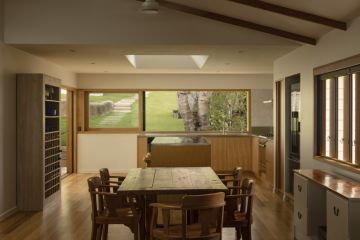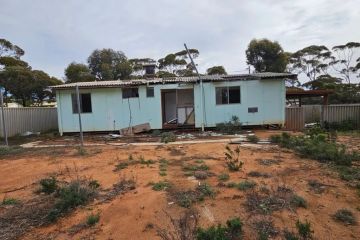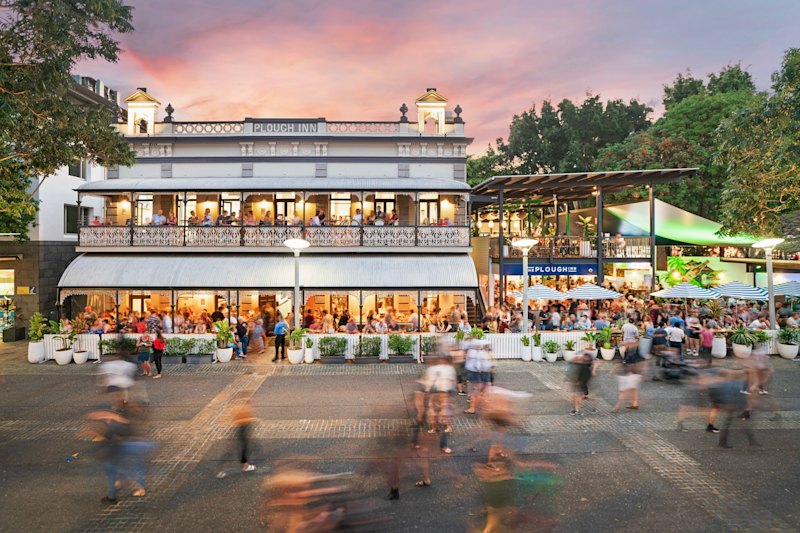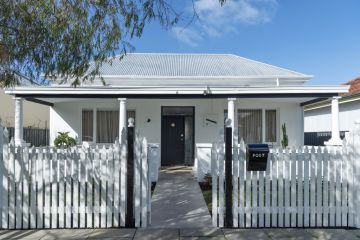Are dual-income properties the 'holy grail' for investors?
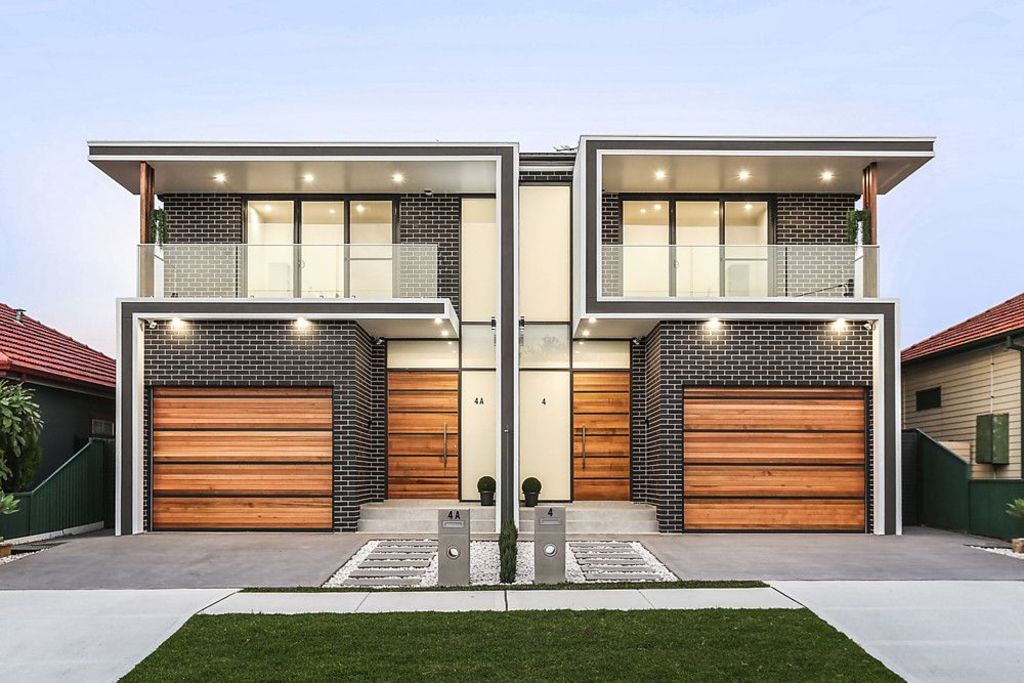
Residential rental yields remain low in Australia’s biggest capital cities, so it is little wonder dual income properties appeal to investors seeking to maximise their returns.
Dual income investments bring in more money and reduce vacancy risk, but aren’t all created equal.
Granny flats
Granny flats are self-contained, secondary dwellings that can be added to suitably sized properties, giving investors – and home owners – a fast way to manufacture equity and increase rental yields.
Approval for granny flats in NSW is generally quick and easy, which has encouraged a proliferation of secondary dwellings. Just under half of all secondary dwellings built in Australia in 2018 were in NSW.
While building a granny flat is permitted in Melbourne, Brisbane and Adelaide, regulations limit the occupant to a dependent or family member.
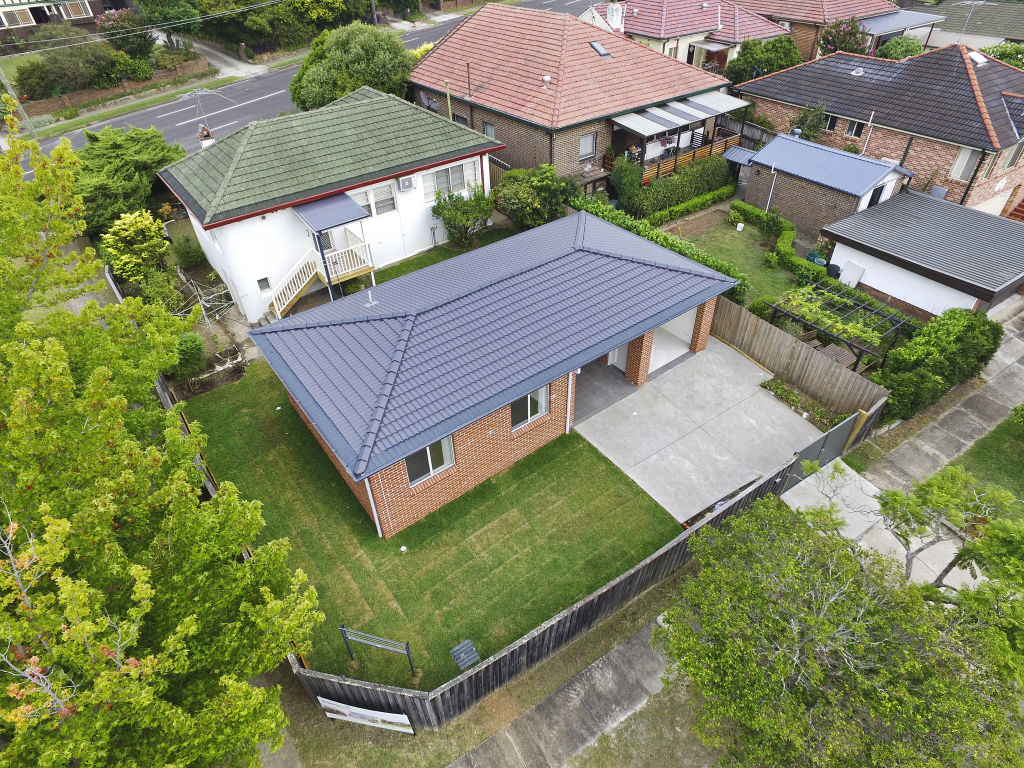
For properties in suitable areas, the return for investment return makes granny flats a “no brainer”, according to Granny Flat Solutions operations manager, Daniel Antoun.
He says it costs between $110,000 and $200,000 to build one, depending on the finish and the difficulty of the building site.
Rents vary across locations, but Antoun has seen one of his granny flats on Sydney’s northern beaches rent for an impressive $700 a week, although $350-400 is more typical across the city.
As a granny flat is on the same property title as the primary residence, owner-occupiers should be aware that building and renting out a secondary dwelling will affect their capital gains tax exemption when it comes time to sell.
Duplexes
A duplex is two properties, usually side-by-side, which share one dividing wall.
A duplex has more flexibility than a granny flat because each residence can be sold individually. There is also the option of living in one of the residences and maintaining the second as an investment.
Duplexes are distinct from dual key properties, which are usually residential house with an attached secondary dwelling. These properties can generate two incomes, but can’t be strata titled.
There is a benefit in building a duplex, as opposed to buying one. Even before construction begins, equity can be created by subdividing the land.

A downside of building a duplex is the cost. Development applications, council costs, subdivision and strata titling can cost up to $40,000. A long wait of up to six months for council approvals, adds to holding costs, especially if the property in question is a vacant lot and can’t be rented.
While upfront costs tend to put off many potential owner-occupiers, the pay off for investors can be huge, says Paul Bieg of Duplex Invest.
“For me, duplexes are pretty much the safest residential investment at the moment because they are creating two rental incomes in between 6 to 7 per cent return and also instant equity after you do the development subdivision,” says Bieg.
Investors who decide to live in one of the residences must be careful with their tax deductions says Shukri Barbara of Property Tax Specialists. If there is a single loan for construction and the investor lives in one residence, they must apportion the interest between the two properties.
“The test for deductibility is always how you apply loan funds,” Barbara said.
Shop-top housing
Retail properties with a separate residence above street level could be another option for dual-income chasers.
In Melbourne suburbs like Northcote, Thornbury, Brunswick, Fitzroy and Collingwood, the attached residential portion is typically a two or three-bedroom apartment, says Ervin Niyaz of Fitzroys. He’s seen strong demand for this asset class, and he believes it provides excellent value for investors.
While commercial yields have compressed over the past few years, the added residential rent can improve returns for commercial investors. Niyaz said that there are also opportunities to increase residential space by adding extra residential levels to properties, with planning permission.
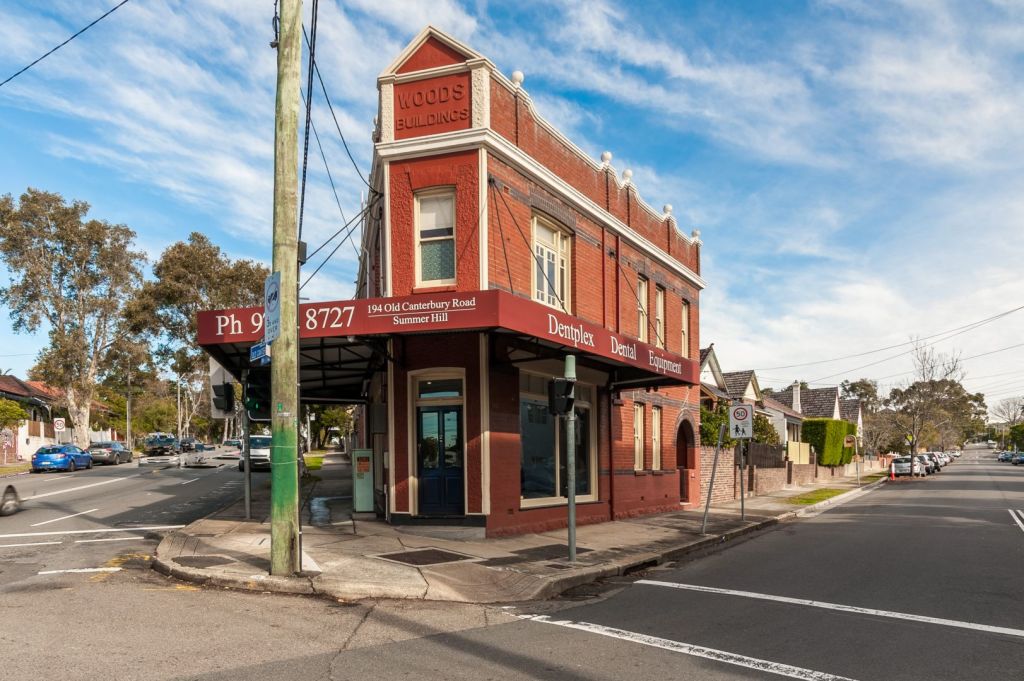
In Sydney’s inner west, tightening yields has made these kinds of commercial properties appeal to a different group of buyers, says Tony Iskandar of First National Commercial Marrickville.
“Five years ago the only people buying were commercial investors,” he said. In the past couple of years, he’s seen a movement towards buyers seeking to start their own business and live in the attached residence.
A long term commercial tenant can be beneficial to investors, as this part of the property typically brings in 60 to 70 per cent of the rental income.
Niyaz said investors could benefit by renting out the entire building to a single commercial tenant, who can sublet the residential unit. In that case, the entire outgoings of the property could be covered by the commercial lease.
Beyond dual income
Investors looking to maximise their yield sometimes look to buy entire apartment buildings, says Brady Yoshia, a buyers’ agent at Belle Property Advisory.
“They’ll come to me and ask me if I can find them a block of four units and they will make up the by-laws, and so they can control whether they Airbnb or not,” says Yoshia.
“Airbnb is definitely the buzz word at the moment amongst investors. Even after management fees, which can be as high as 20 to 30 per cent, you still come back with more.”
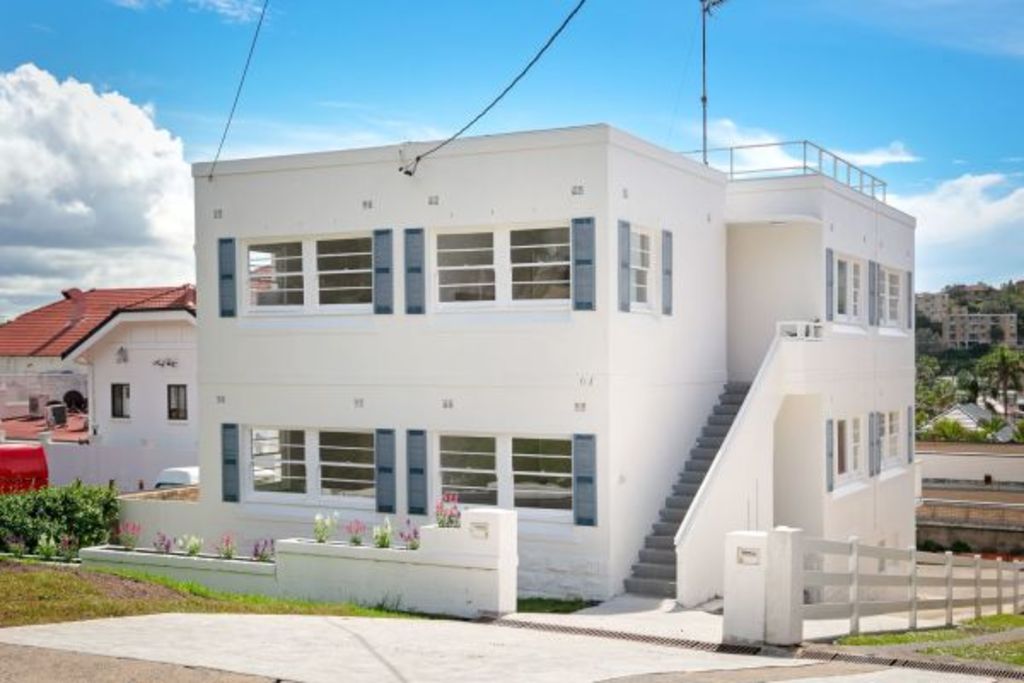
Buying a small block of apartments on a single title can also provide multiple income streams. These properties come up for sale relatively rarely, but also have a smaller pool of potential buyers.
On a single title, apartments can only be sold as a block, but there is only one set of council rates to pay.
If the apartments are strata-titled, apartments can be sold individually, but holding costs will be higher because investors will need to pay council rates for each property.
States
Capital Cities
Capital Cities - Rentals
Popular Areas
Allhomes
More
